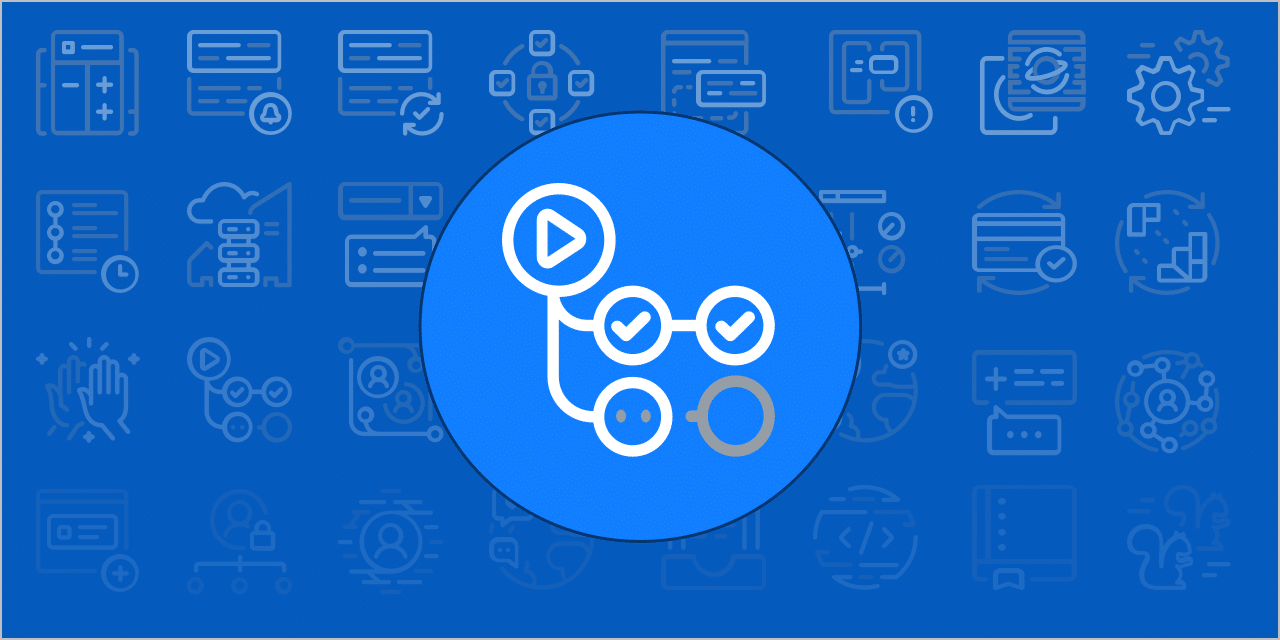
Unlocking the potential of AI & WordPress
The dust is starting to settle after the hype and frothy headlines around AI earlier this year. While we may not be on the verge of the robot apocalypse, it’s clear Large Language Models (LLM) have become invaluable tools for most digital businesses. Services like OpenAI’s GPT mean this technology is more available and accessible than ever before.
In this brief article, we will touch on:
- The new possibilities of AI in the digital media space
- Our approach to bespoke AI development in WordPress
- Retrieval Augmented Generation
- WordPress & OpenAI plugin compatibility
AI Capabilities and WordPress
The Code Company is working with digital media companies and brands to identify, implement and customise WordPress AI plugins that provide a wide range of features, including:
- SEO-friendly content creation
- Text-prompted image creation
- Headline-suggestion tools
- Plagiarism checks
- Brand voice checks
- Content summarisation
- WordPress block generation
- SEO data optimisation
- Audience chatbot assistance
- A/B testing and content personalisation
- AI-assisted workflows for business processes
Our approach to bespoke AI functionality
For enterprises on WordPress, we believe implementing generative AI should be based on a:
- Clear understanding of the problems you are trying to solve
- Dedication to ethical AI use
- Careful review of the ROI of implementing AI
- Conscious decision about data privacy when using a LLM
- Detailed examination of existing AI plugins for suitability
By carefully considering these aspects, enterprises can make the right choice about using generative AI to address specific issues and opportunities on their platform.
The Potential of Retrieval Augmented Generation
Retrieval Augmented Generation (RAG) provides the missing layer of business-specific context to the use of generative AI in all forms. RAG effectively makes an LLM “aware” of up-to-date facts and information unique to your business.
The potential is vast, and for most companies, the data is already there waiting to be used: Think emails, customer data, company documentation, manuals and chat logs. This can help create new internal or customer-facing tools such as:
- Chatbots for customer service
- Employee training
- Dynamic page changes based on historical user data
- Sophisticated archive-based content generation
The challenge is structuring your existing internal data in a way in which it can be accurately and consistently integrated with an LLM, such as the use of vector-embedding technology.
OpenAI Plugin Compatibility
Tech stacks built on WordPress that leverage vector embedding technology will have a head start when it comes to building new AI-powered products.
Vector embeddings “are a way to convert words and sentences and other data into numbers that capture their meaning and relationships”. Products such as Elasticsearch and Algolia are already offering vector-based solutions, and the same underlying technology is a major component of building plugins that work with OpenAI’s ChatGPT.
Brands such as Coca-Cola, Duolingo, and Expedia have already built integrations using this technology and OpenAI’s API. Australian digital publisher Man of Many, which is built on WordPress, also has its own integration with ChatGPT. As more AI products leverage vector embeddings, having your WordPress data vector-ready is a time and cost-efficient way to future-proof your stack.
AI is evolving quickly. Contact The Code Company for more on how AI with WordPress can help you reach your business goals.
Useful resources
(h/t BlueLena and others):
- On writing guidelines for the role of AI in your newsroom [Nieman Lab]
- A practical newsroom guide to AI [Online News Association]
- How publishers like The Marshall Project and The Markup are testing generative AI [Digiday]
- Bloomberg Media CEO Scott Havens on why publishers should mostly embrace AI [The Rebooting]

